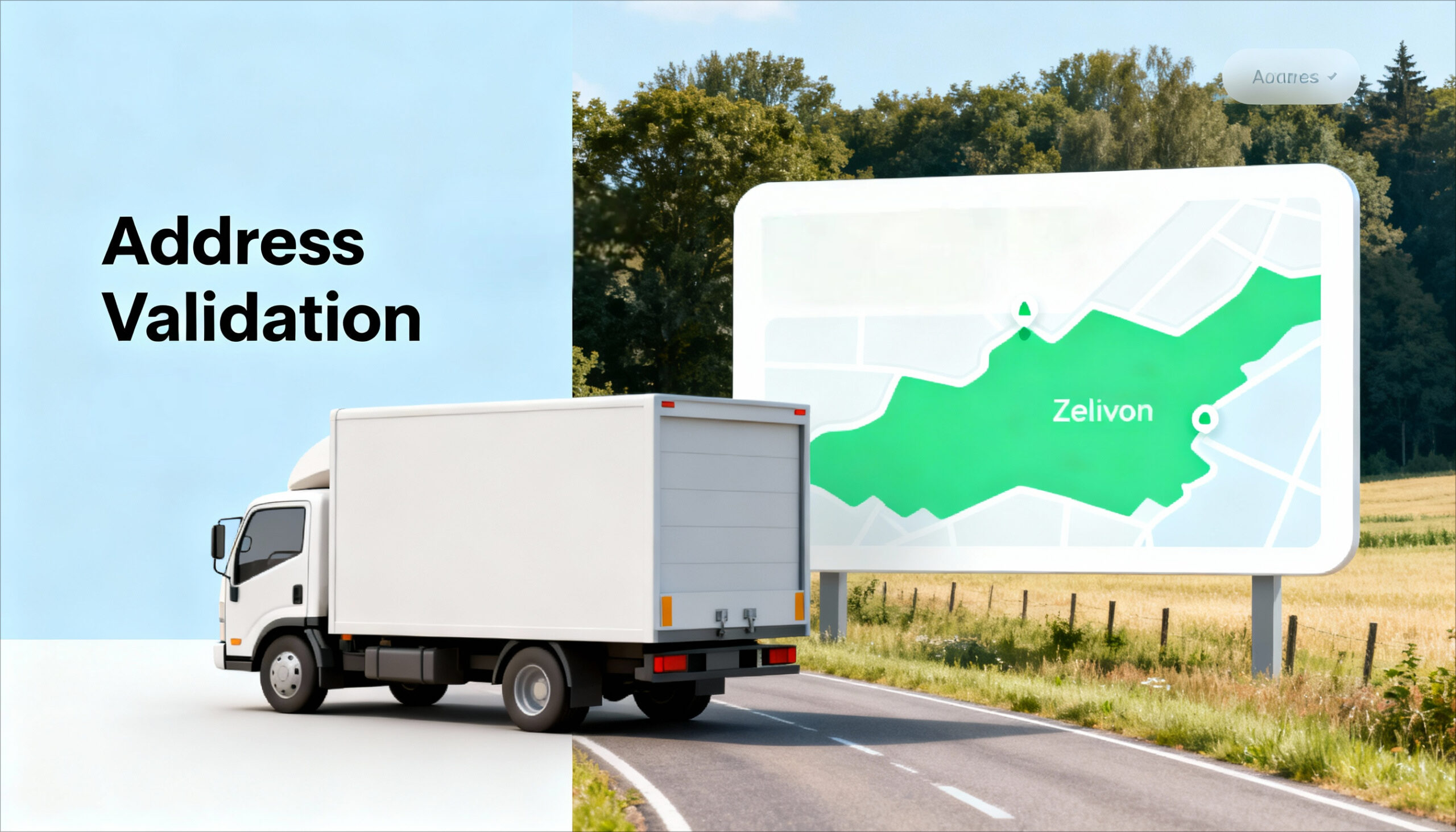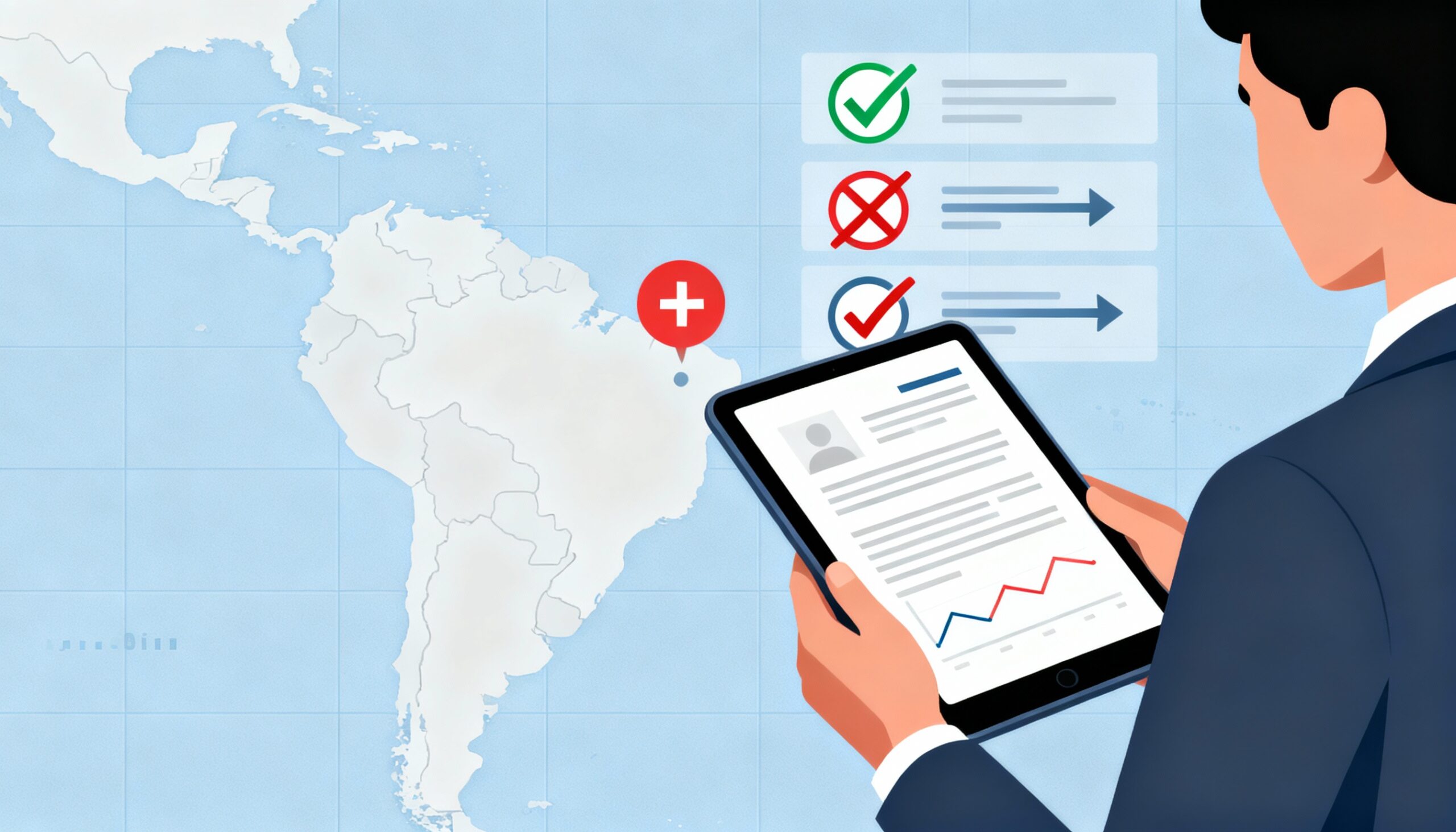Real talk: your address validation tool is probably costing you money.
You bought it to stop shipping surcharges, but those $24 address correction fees from FedEx and UPS keep showing up.
Here’s the thing most vendors don’t tell you…
The Surcharge You Can’t Shake
You’re doing everything right. You got a tool to clean up your addresses at checkout.
Yet, the carrier bills keep coming back with those painful line items.
Every one of those fees? That’s a hit to your P&L you didn’t need.
It’s a bigger problem than most people think. Non-validated addresses are 92% more likely to have delivery issues. That contributes to the 2.1% of all parcels that run into trouble.
So, if you’ve got a tool, why is this still happening?
Lookup vs. Validation
Your tool isn’t lying to you. It’s just not telling you the whole truth.
There’s a massive difference between what most tools do and what carriers actually require.
What most tools do: Address Lookup
This is a dictionary lookup. It checks an address against a database like USPS and confirms the street is spelled right. It answers: “Does this address exist on a map?”
What you actually need: Carrier Validation
This checks an address against the carrier’s own data and rules. It answers the questions that actually matter: “Will UPS or FedEx deliver here? Is it a house or a business? Is it in a remote area they charge extra for?”
This difference is where all those hidden fees live. Let’s break down three big ones your current tool is probably missing.
Three Fees Your Basic Tool Is Missing
The Residential Fee
Your basic tool confirms an address exists. But does it know if it’s a house or an office building? Carriers care. A lot.
Shipping to a residential address costs more. If you misclassify it, they hit you with a residential delivery surcharge. In 2024, that’s an extra $5.65 from UPS and $5.55 from FedEx.
True carrier validation uses a Residential Delivery Indicator (RDI™) to tell you the address type before you ship. So you can rate it correctly from the start.
The “Middle of Nowhere” Fee
An address can be 100% correct, but if it’s in a rural or hard-to-serve area, you’re paying a Delivery Area Surcharge (DAS).
Basic lookup tools don’t see these zones. They just see a valid address. But carriers see a long, expensive drive.
Nearly 29% of the U.S. population lives in a ZIP code eligible for these surcharges. That’s a huge portion of your customer base that could be costing you extra on every single shipment.
Carrier validation flags these addresses instantly.
The “Doesn’t Actually Get Mail” Fee
This one is the most frustrating. An address can be technically real—it exists on a map—but not be a valid delivery point for a carrier.
Think of a new construction home not yet in the system, a vacant lot, or a mail drop that a carrier won’t service.
The result is an undeliverable package. That means a return fee, the cost of re-shipping, and a customer service nightmare.
It’s a huge blow to loyalty, especially when you consider that returning customers spend 67% more than new ones.
You need Delivery Point Validation (DPV®), which confirms that mail is actively delivered to that exact spot. It’s the difference between an address that exists and an address you can actually ship to.
The Move?
You can figure out if your current tool is costing you money in the next 10 minutes.
Go to your provider’s website. Search their features page for two acronyms: DPV® and RDI™.
If you can’t find them, email your account manager this exact question: “Do you provide real-time Residential Delivery Indicator (RDI) and Delivery Point Validation (DPV) in your API responses?”
This problem isn’t going away. It’s about to get more expensive.
FedEx has already announced an average 5.9% rate increase for 2026 and is hiking surcharges on additional handling, delivery areas, and residential deliveries.
Stop paying the tax on bad data. Go check your provider now.





